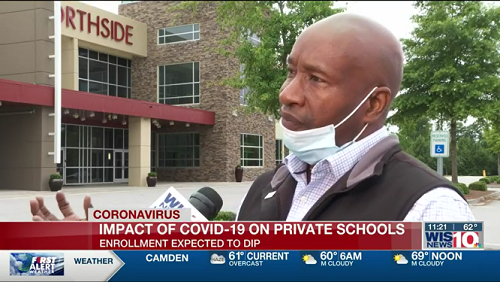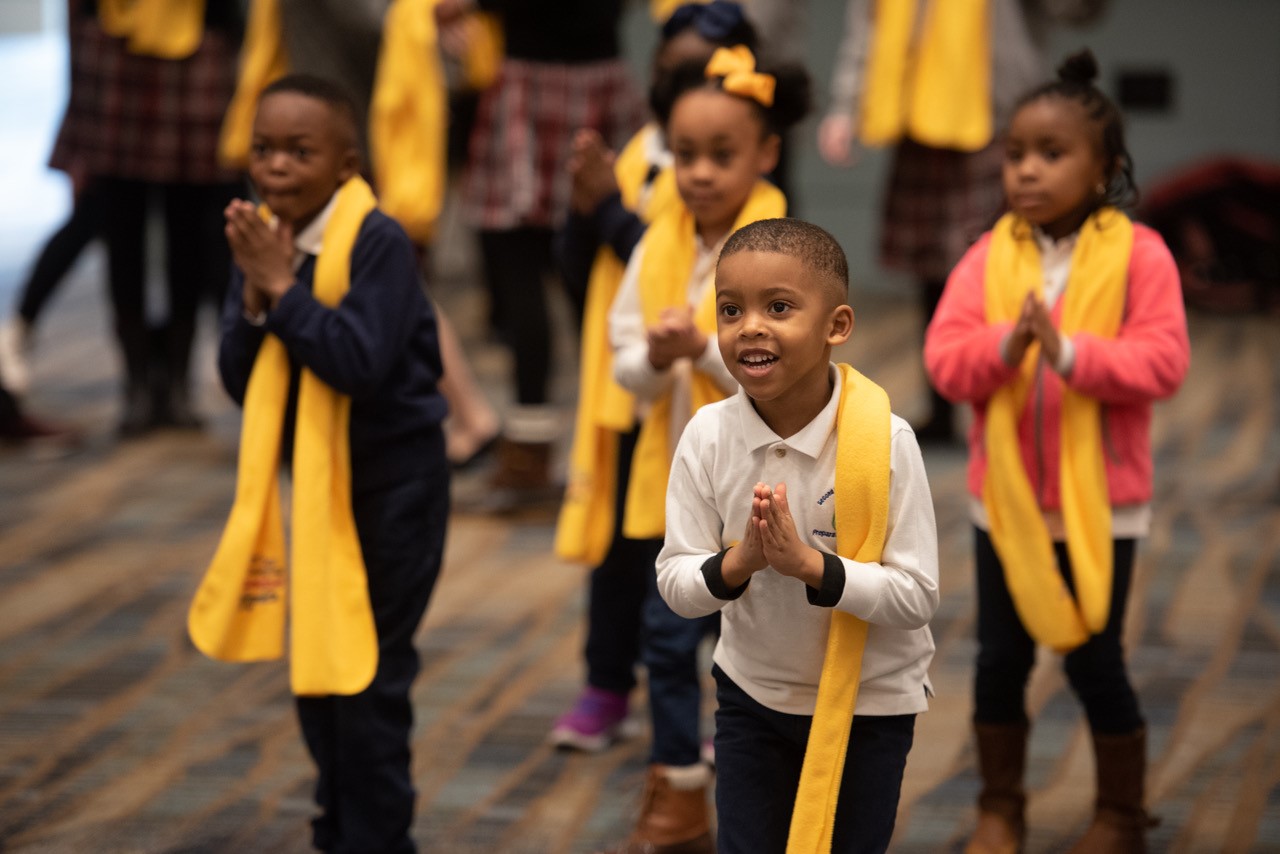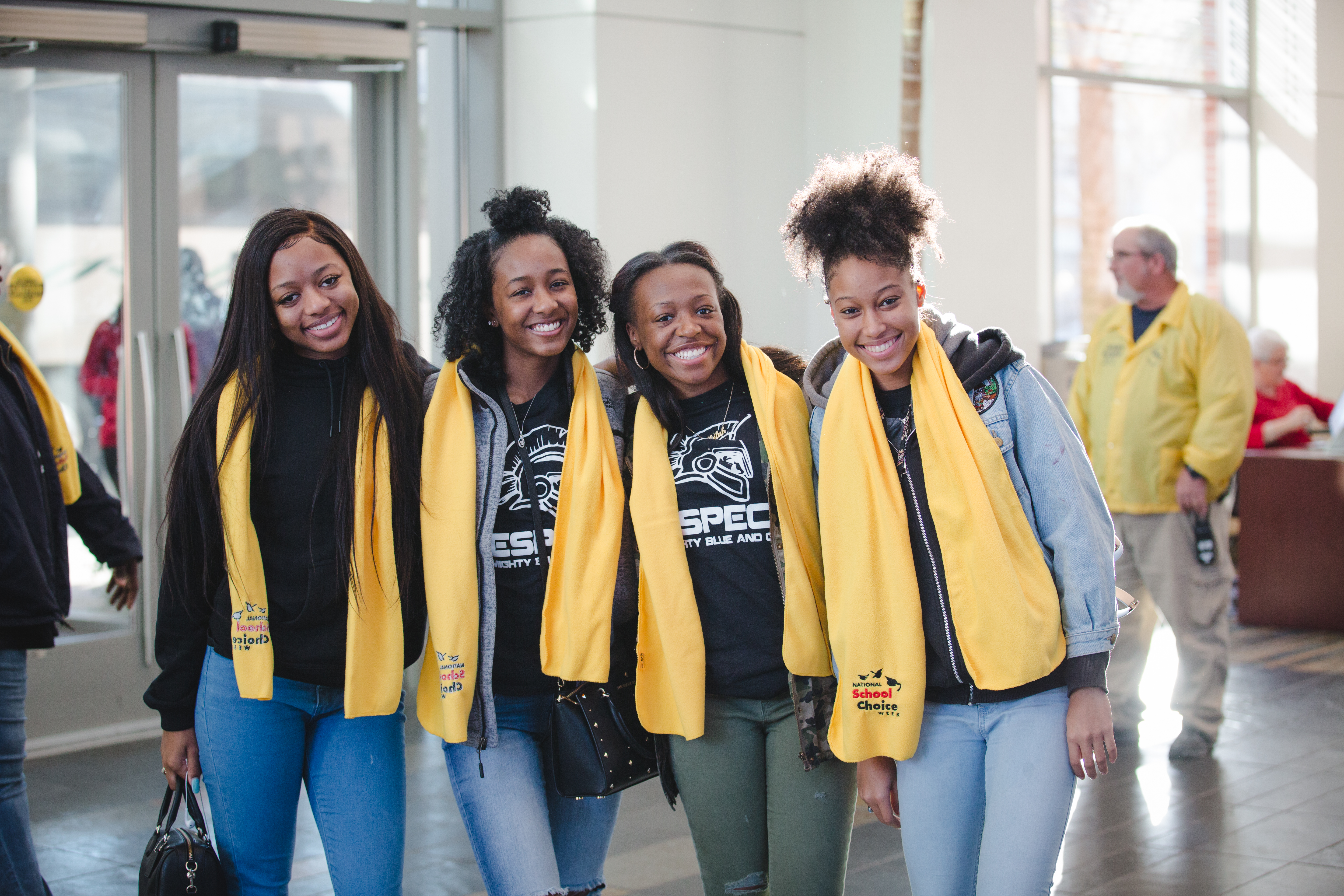For a full COVID-19 recovery, South Carolina must maintain and expand education choices
Because of regular tracking by professional monitors of state spending, both in government and in the media, the impact of COVID-19 on public education budgets is coming into focus. It is now clear that even with federal support, states and school districts will be scrambling to meet current emergency needs while also preparing for anticipated revenue declines.
Around the kitchen table, family budgets are showing the strain too, forcing parents to figure out what to cut and what to try to keep. For middle income parents who send their children to independent schools, the Great Suppression has been a double whammy. They are hurting, and so are their schools. The pain these families face was clearly shown in a recent story on WIS-TV.
Independent (“private”) school families love their schools because they feel they meet the needs of their children better than public school or home school. But even with relatively modest tuition, private education is usually one of the larger items in the family budget (a budget that by the way also includes taxes for schools they aren’t using).
The impact of leaving an independent school due to family financial distress would be hard for the parents, the children, and the private schools, no doubt. But there would be another victim of this potential shift: public schools.
Recent Palmetto Promise research highlighted how students forced to leave the non-public school of their choice for financial reasons would overwhelm public schools already struggling with how to socially distance students.
COVID-19 has affected private and public-school students, budgets alike
According to the respected Edunomics Lab at Georgetown University, based on the 2008 recession, school districts can expect to see significant budget impacts for the 2020-21 school year and beyond as state and local tax revenues that fund schools absorb the economic hit.
There are significant financial woes ahead for both private schools too.
Earlier this year, Palmetto Promise surveyed 157 South Carolina independent schools to learn about need-based scholarships and how the virus was affecting their budgets. The survey revealed that at least at least 20% of students in these schools were already receiving some form of needs-based tuition assistance prior to the COVID-19 pandemic. That number is sure to rise for the Fall semester.
Additionally, projected losses range from $1,000 to over $5 million for individual schools or school systems with a combined projected loss of nearly $20 million. That number may be significantly higher now. If parents aren’t able to afford tuition in the Fall, there’s even a possibility that some independent schools in South Carolina may have to close their doors. Many schools in the United States already have.
How could this potential schooling sector shift affect South Carolina’s school district budgets?
As we reported in April, using nationally-reported private school enrollment numbers from 2017-18, researchers at EdChoice estimate that if 10% of private school students returned to their local district school, it would cost the state an additional $31 million dollars. That cost rises to over $58 million in state and local funds.
Aside from the financial repercussions for school districts, there is also the practical struggle associated with reopening schools amid COVID-19.
For example, at the South Carolina AcceleratED task force meeting last month, social distancing guidelines presented would mean that already-full classrooms and buses would be beyond capacity. That would result in no more than 40 students for a 77-person bus, and space-gobbling efforts to keep students 6 feet apart in a classroom.
Some SC parents have protested, saying they would remove their children from public schools if those were the policies. And it’s not just parents. A recent national poll revealed that 1 in 5 teachers may not return to the classroom for 2020-2021, making overcrowded classrooms an even more likely reality.
Education Choice is the solution.
As South Carolina school districts prepare for belt-tightening, independent schools can serve as a release valve to help ease the pressure on public schools, the state government, and ultimately taxpayers, all while allowing students to access the learning environment that best meets their needs.
There is overwhelming evidence showing that independent schools can educate children at a lower per-pupil cost than public schools, and if parents were able to send their kids to the school of their choice in the Fall (public or private), that would dramatically lower the burden placed on taxpayers due to the pandemic.
The most common-sense solution to prevent a large migration of private school students to public schools is to establish a choice scholarship for needy families. Not only would such scholarships save money for state and local taxpayers, they would also allow independent schools to continue their unique mission to support students and prevent additional disruption in their learning.
It is clear that moving forward, we must prioritize what is best for all students, regardless of how or where they choose to learn. Education is not about pitting one type of school against another, but instead recognizing that students and families have different needs, and that our education system must be more nimble than ever to embrace that reality.
The best way to help students bounce back from the COVID crash is to provide parents who have been most significantly impacted by the virus the opportunity to choose the best education fit for their child, public or private.
That opportunity, which Palmetto Promise has been laying out for years, is more relevant now as it has ever been. Lawmakers should act this year to provide flexible choices through parent-directed education accounts. The impact on families, taxpayers, students, parents—-and public and private schools—would be inestimable.





